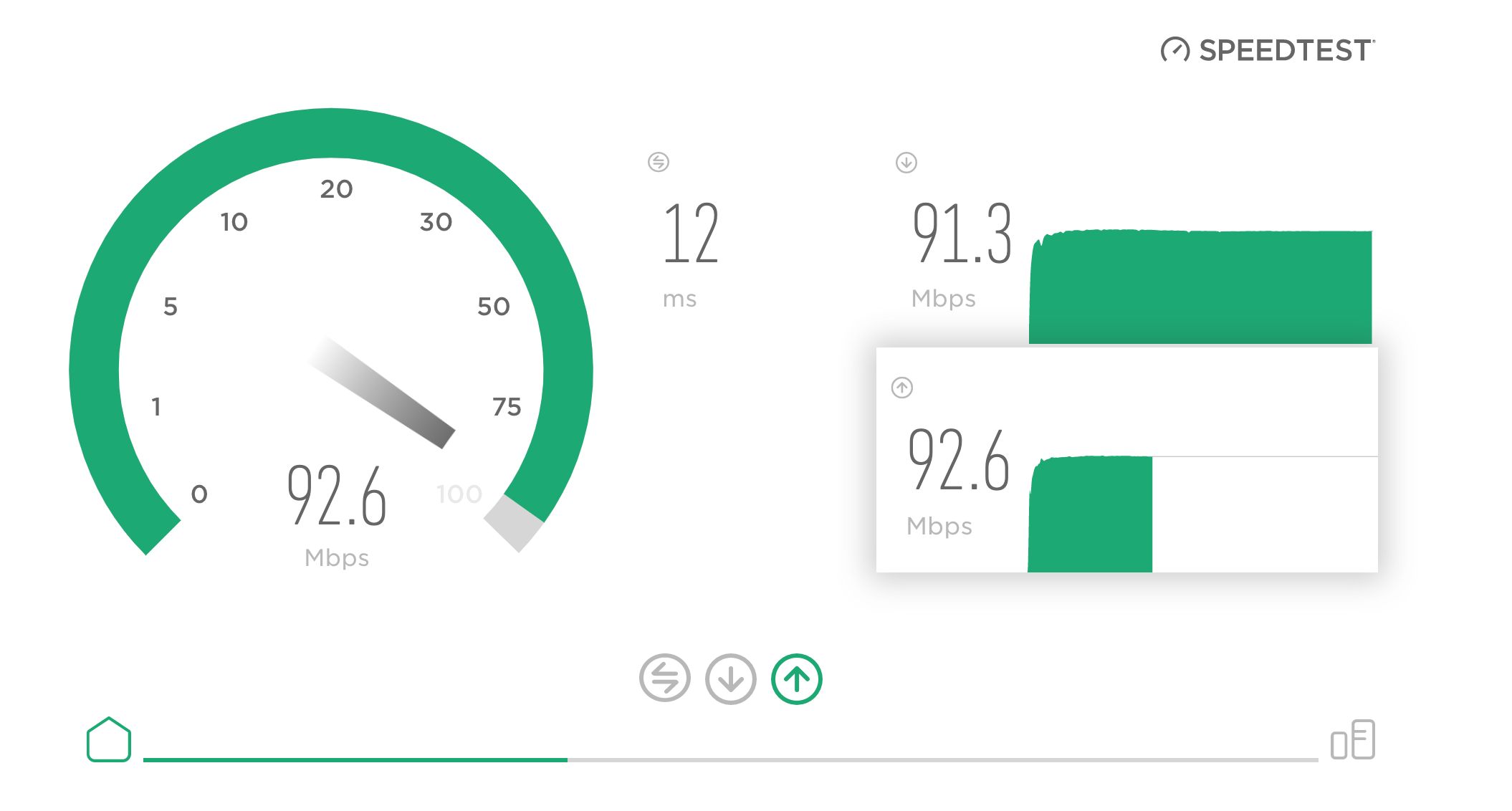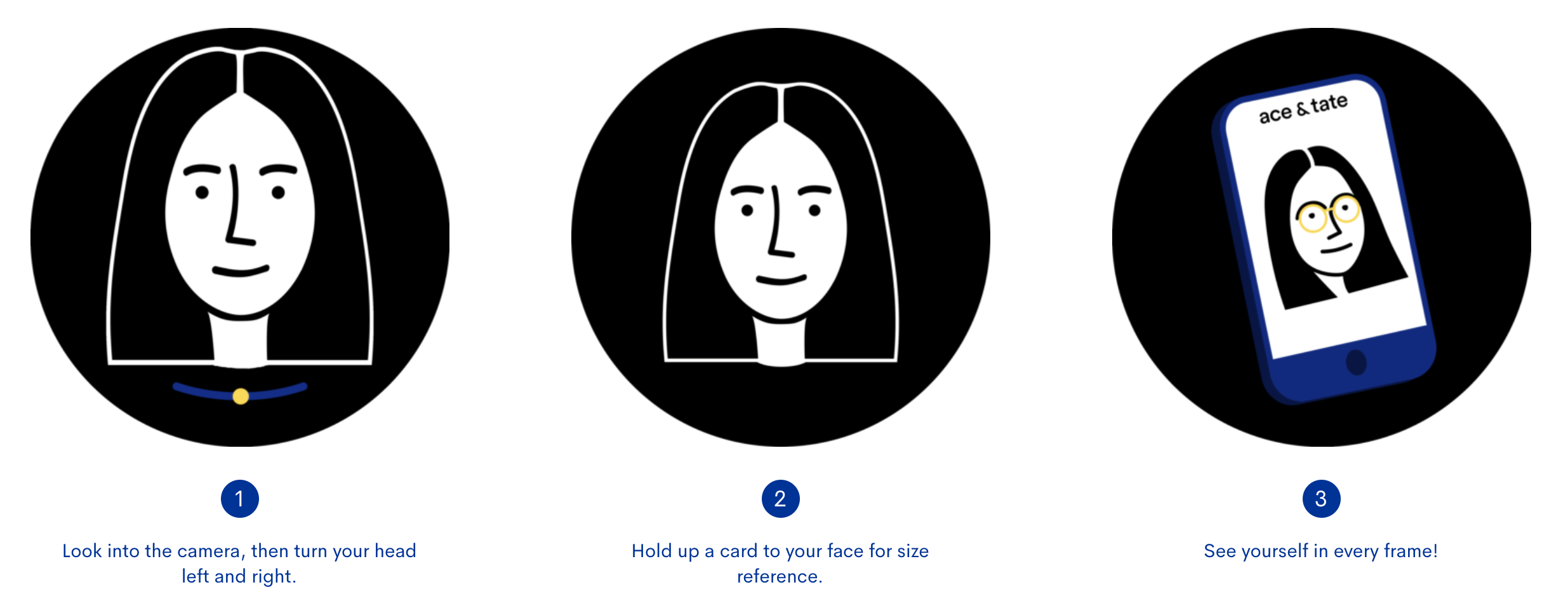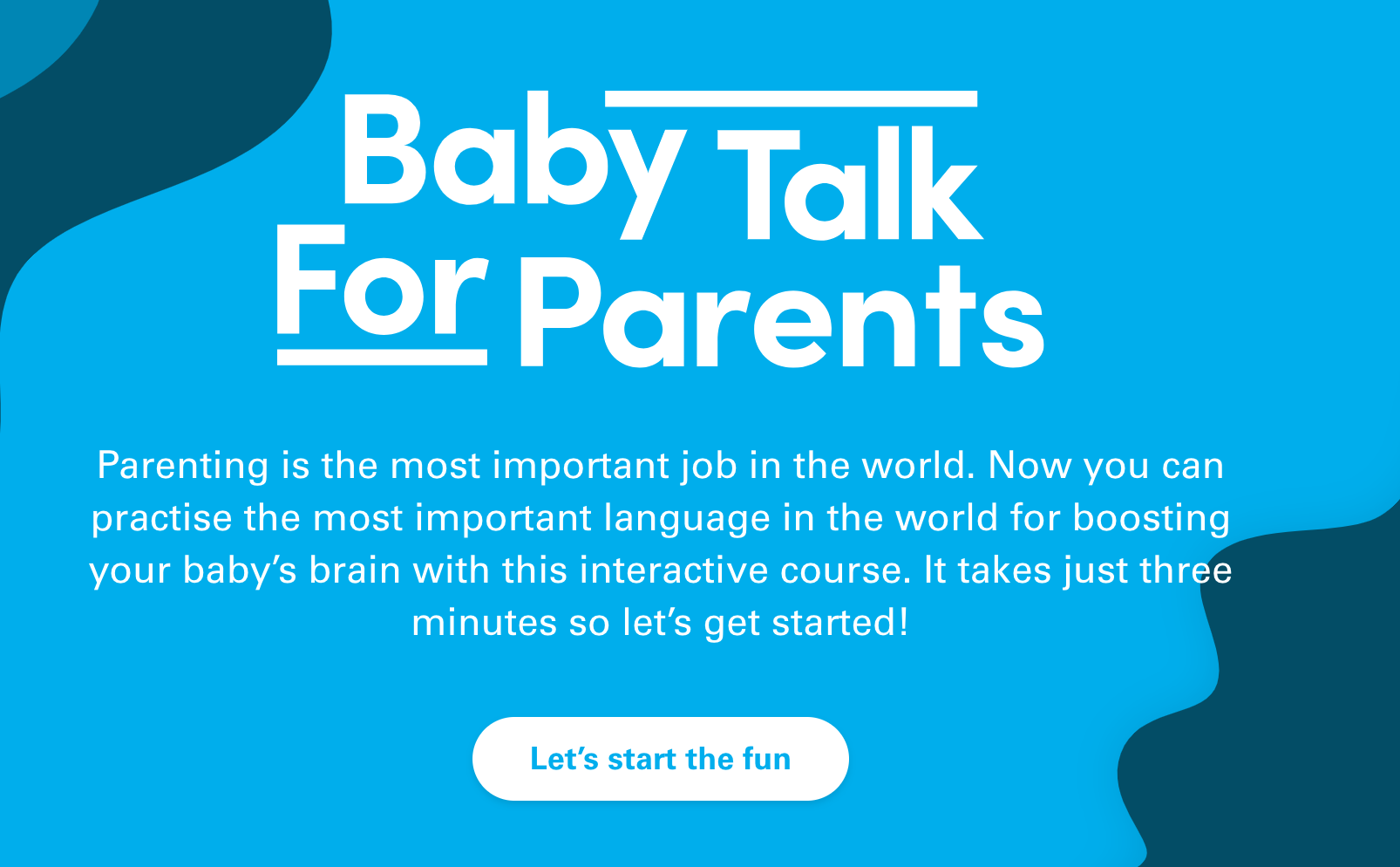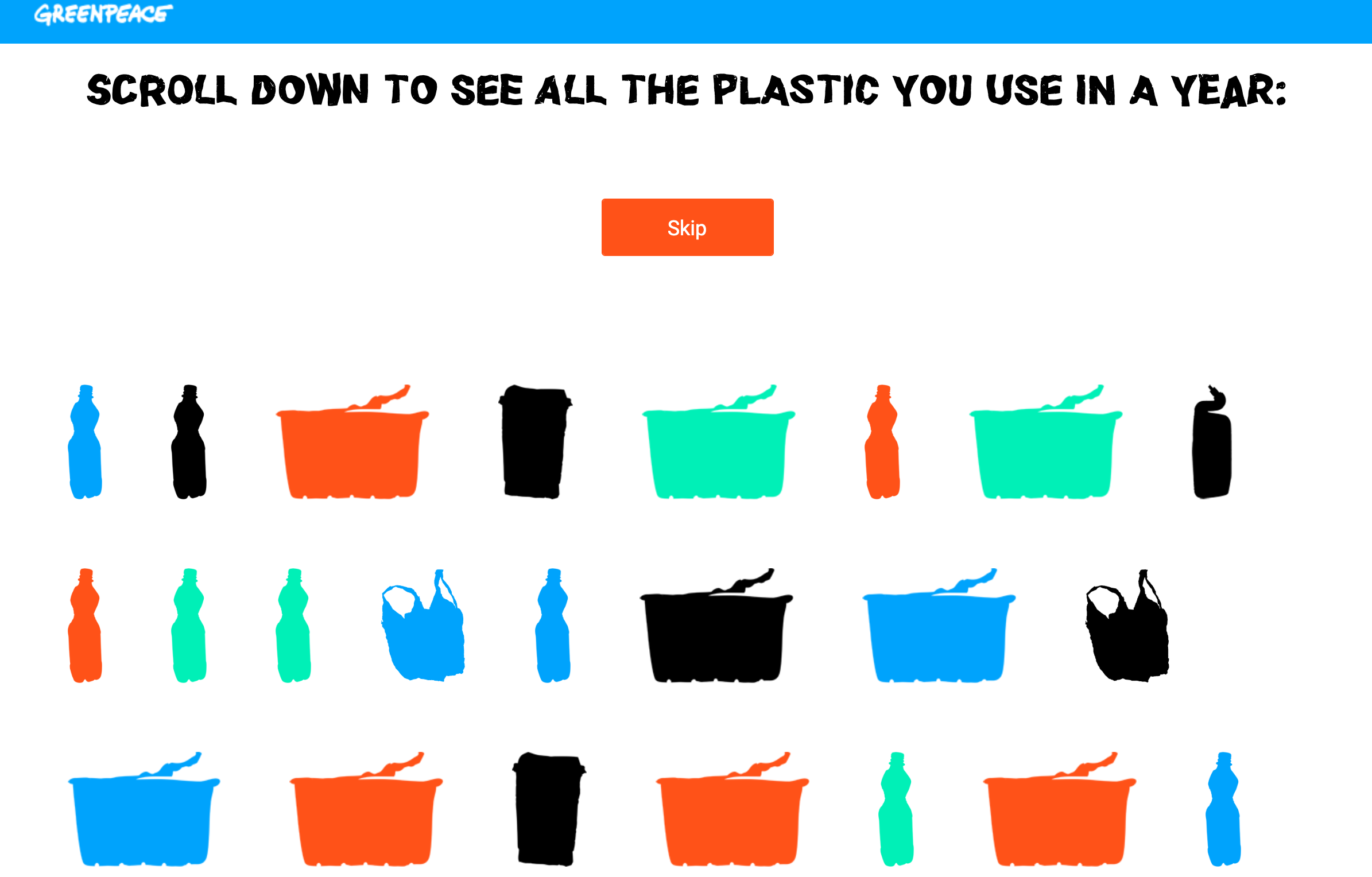Pull up a comfy chair, clear your diary and ask a marketer what the most challenging part of their job is. Odds on they’ll be monologuing about the pressure of coming up with different, fresh and engaging content before too long.
They will probably also mention that customer expectations are sky-high, the pace of change within their organisation and the world at large is rapid and only getting faster.
Throw into the mix a constant influx of innovation and ideas, heap on pressure to ‘do digital transformation’ and it’s very clear that deciding on a content strategy that will both cut through the noise and satisfy internal stakeholders is no mean feat.
Is your boss (accidentally) killing your best product ideas? How to handle your hippo
Are senior management a help or hindrance? The best ideas come from your teams, not just the people at the top.
However, more and more forward-thinking brands are taking their marketing to another level, using interactive content in the form of digital products to provide experiences that convert.
In a contest between a wall of text, a static image and a video, there is a far greater likelihood of the moving picture sticking in viewers’ minds.
According to one report, video generates 1,200% more social shares than text and image-based content put together.
Ramp that up to interactive marketing content that goes one step further, and by its very nature causes users to engage their brains by entering into an activity, and you have their attention from the off.
But hold on, a digital product is a way bigger thing to create than most content, isn’t it?
Standalone Digital Products
The aim here isn’t to create a whole new business on the side, or some sort of full blown site with a million different paths to take and development rabbit holes to get lost down.
It only needs to do one thing.
The technical challenge involved can be minimal, with something effective achieved whilst still keeping build costs to a minimum. For this reason, small products of this sort can be great for producing powerful seasonal or highly personalised content.
If you decide to go all out, a digital tool can be far more engaging than other forms of marketing – including the ability to directly onboard new customers and gather data.
And if you’re canny about it, you can even repurpose and build on content you already have.
That email copy that asks a series of questions? Build a quick quiz out of it! Creating a digital tool that provides a lot of value and leaves your ideal user seriously impressed doesn’t have to be an arduous task.
Here are a few of our favourite examples to illustrate how some very different businesses have mastered the whole ‘interactive product as marketing’ thing.
#1 Highlight an issue and solve it
The classic example here is the ISP that provides a broadband speed testing tool.
If someone’s searching for such things, it’s fair to assume they’re dissatisfied with the speed they’re getting from their current provider. Showing them concrete evidence that their internet is slow, affirming their frustration is justified and then sliding in as their saviour is simple but so effective.

Olay’s Skin Advisor tool, where users upload a selfie and have their face analysed, their age guessed (with dismaying results for some members of our team 😉👴) generated a massive buzz for a brand that had been perceived as staid and old-fashioned by a younger audience.
Introducing their products as solutions to the ‘problem areas’ highlighted by the tool makes users feel they’re getting a personalised service, with recommendations tailored to their face.

And a slight panic about looking older can be a powerful catalyst! 🙈
#2 Make lives easier and more fun
Eyewear startup Ace & Tate’s virtual try-on service means users can see what frames look like on their faces without having to a) visit a store or b) wait for physical products to be posted to them, as with other online glasses platforms.

The convenience this offers totally ties in to the company’s ethos of an outstanding customer experience. There’s an additional marketing benefit too in that that users are more inclined to go wild with- and share screenshots of- styles they probably wouldn’t consider including in their four-frame ‘try on at home’ box.
#3 Make them feel warm and fuzzy
Babytalk, a collaboration between H&M Foundation and Unicef, allows parents to learn how to speak to their baby with a 3 minute interactive course.

This is a beautiful example of a truly stand-alone piece of tech which doesn’t feel remotely sales-y, but leaves an unexpected positive sentiment in the hearts of users.
#4 Provoke thought without preaching
Tools like Greenpeace’s Plastic Useage Calculator are the perfect illustration of a straightforward quiz enhanced into a powerful tool.

Illustrating the amount of plastic used, based on individual users’ answers, drives home the point far more forcefully than a simple infographic or article ever could, and compels users to take the final step to donate.
In conclusion…
Humans love to interact – it’s in our genetic makeup.
Digital tools that recognise that fact to engage users’ senses, provide them with experiences that challenge perceptions of brands and make their lives easier or more joyful are invaluable interactive marketing assets.
Talk to us about building tools that will instantly engage and onboard your customer in new and innovative ways.